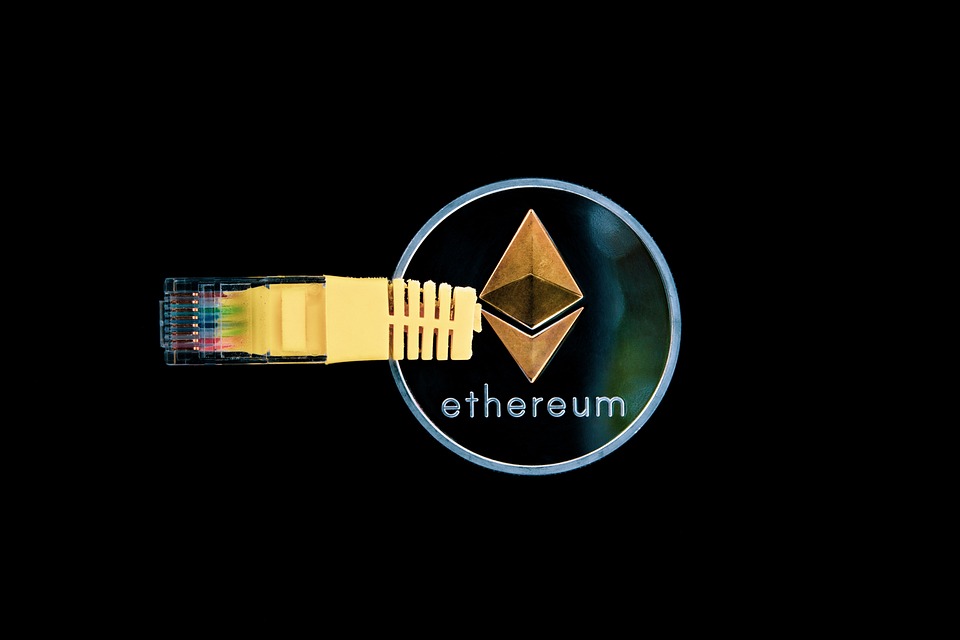As blockchain technology continues to reshape industries, from finance to supply chain management, the legal landscape surrounding it remains complex and often ambiguous. With its decentralized nature and transformative potential, blockchain poses unique challenges to existing regulatory frameworks. Balancing innovation with regulation has become a pressing issue for policymakers, businesses, and legal professionals alike. This article explores the legal challenges facing blockchain and the delicate equilibrium needed to foster innovation while ensuring consumer protection and compliance.
Understanding Blockchain Technology
At its core, blockchain is a distributed ledger technology that allows for secure, transparent, and tamper-proof record-keeping. Each transaction is stored in "blocks" that are linked together in a chain, forming an immutable record. While the most recognized application of blockchain is cryptocurrency, the technology has far-reaching implications across various sectors, such as healthcare, real estate, and identity verification.
Regulatory Hurdles
1. Classifying Digital Assets
One of the most significant challenges in regulating blockchain technology is determining how to classify digital assets. The Securities and Exchange Commission (SEC) in the United States, for example, has struggled with whether cryptocurrencies should be deemed securities. This classification significantly affects how these assets can be traded, marketed, and taxed. Regulatory uncertainty can stifle innovation, as businesses are hesitant to invest in projects that might later be deemed non-compliant with existing laws.
2. Anti-Money Laundering (AML) and Know Your Customer (KYC) Compliance
The transparency and anonymity offered by blockchain raise critical concerns around money laundering, terrorism financing, and other financial crimes. Regulators worldwide are increasingly demanding that blockchain platforms implement robust AML and KYC measures. This often conflicts with the decentralized ethos of blockchain, where users prioritize privacy and autonomy. Finding a way to enforce these regulations without undermining the fundamental principles of blockchain is a significant challenge.
3. Privacy and Data Protection
The General Data Protection Regulation (GDPR) in the European Union emphasizes the protection of personal data, which can conflict with the immutable nature of blockchain. For instance, “the right to be forgotten” allows individuals to request the deletion of their personal data. However, once this data is recorded on a blockchain, it becomes nearly impossible to modify or erase. This discrepancy highlights the pressing need for regulations that align with the unique characteristics of blockchain technology.
4. Intellectual Property Rights
As blockchain facilitates new business models and creative collaborations, it also raises questions about intellectual property (IP) rights. Smart contracts, for instance, can automatically execute transactions based on predefined terms, but determining ownership and rights over digital content can become increasingly complicated. Legal disputes may arise over copyright infringement, patent rights, and the overall enforceability of contracts recorded on the blockchain.
Striking a Balance Between Innovation and Regulation
While the challenges are substantial, addressing them doesn’t necessitate an outright ban on blockchain technology or cryptocurrency. Instead, a balanced approach is required—one that encourages innovation while imposing necessary safeguards.
1. Flexible Regulatory Frameworks
Regulators can foster innovation by developing flexible frameworks that adapt to rapid technological advancements. This could involve sandbox environments where new blockchain applications can be tested under regulatory oversight without facing the full weight of compliance requirements immediately. Such initiatives have already been implemented in some jurisdictions, allowing startups to innovate while providing regulators with insights into new technologies.
2. Collaborative Regulatory Approaches
Governments should engage in dialogue with blockchain stakeholders, including developers, businesses, and civil society, to formulate regulations that reflect the technology’s intricacies. Collaborative approaches can yield more effective and relevant regulations, minimizing the risk of stifling innovation or driving blockchain projects to more lenient jurisdictions.
3. Education and Awareness
One of the barriers to effective regulation is the lack of understanding of blockchain technology among lawmakers and regulators. Increasing education and awareness through training programs and workshops can help policymakers appreciate the nuances of the technology and its potential benefits and risks. This understanding will allow for more informed and effective regulatory decisions.
4. Global Standardization
Given the borderless nature of blockchain, the development of international regulations and standards could help mitigate disparities in how different jurisdictions approach the technology. Collaborative efforts at global institutions could lead to a harmonized set of regulations that balance innovation and consumer protection.
Conclusion
As blockchain technology continues to evolve, so too must the regulatory frameworks that govern it. Striking a balance between fostering innovation and implementing necessary safeguards is essential for the technology’s long-term success. By addressing the legal challenges head-on and working collaboratively, stakeholders can create an environment where blockchain can thrive, ultimately benefiting society as a whole. The road ahead is complex, but with thoughtful regulation, the potential of blockchain to transform industries and improve lives is within reach.




